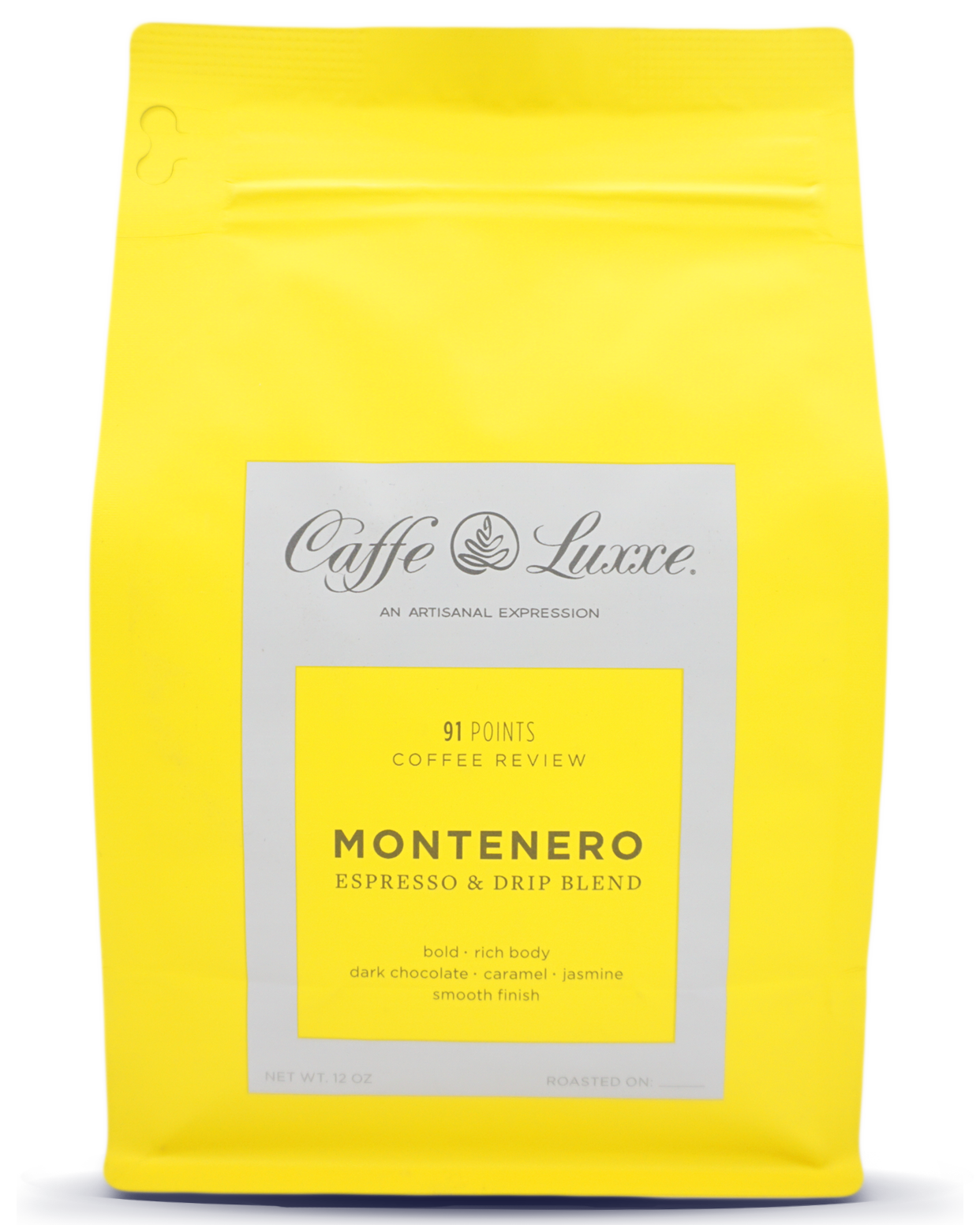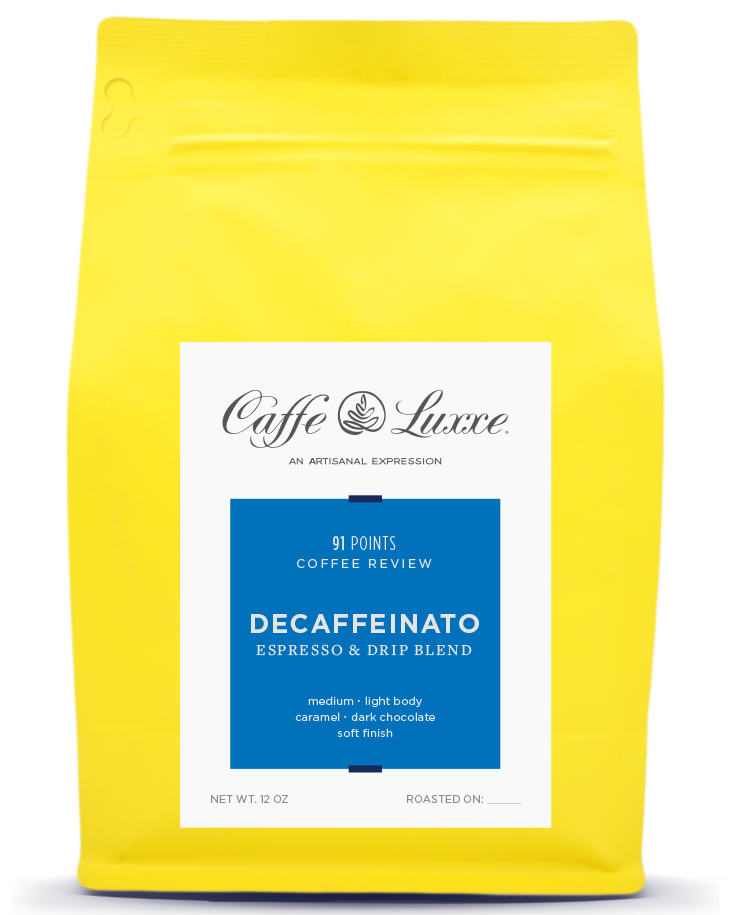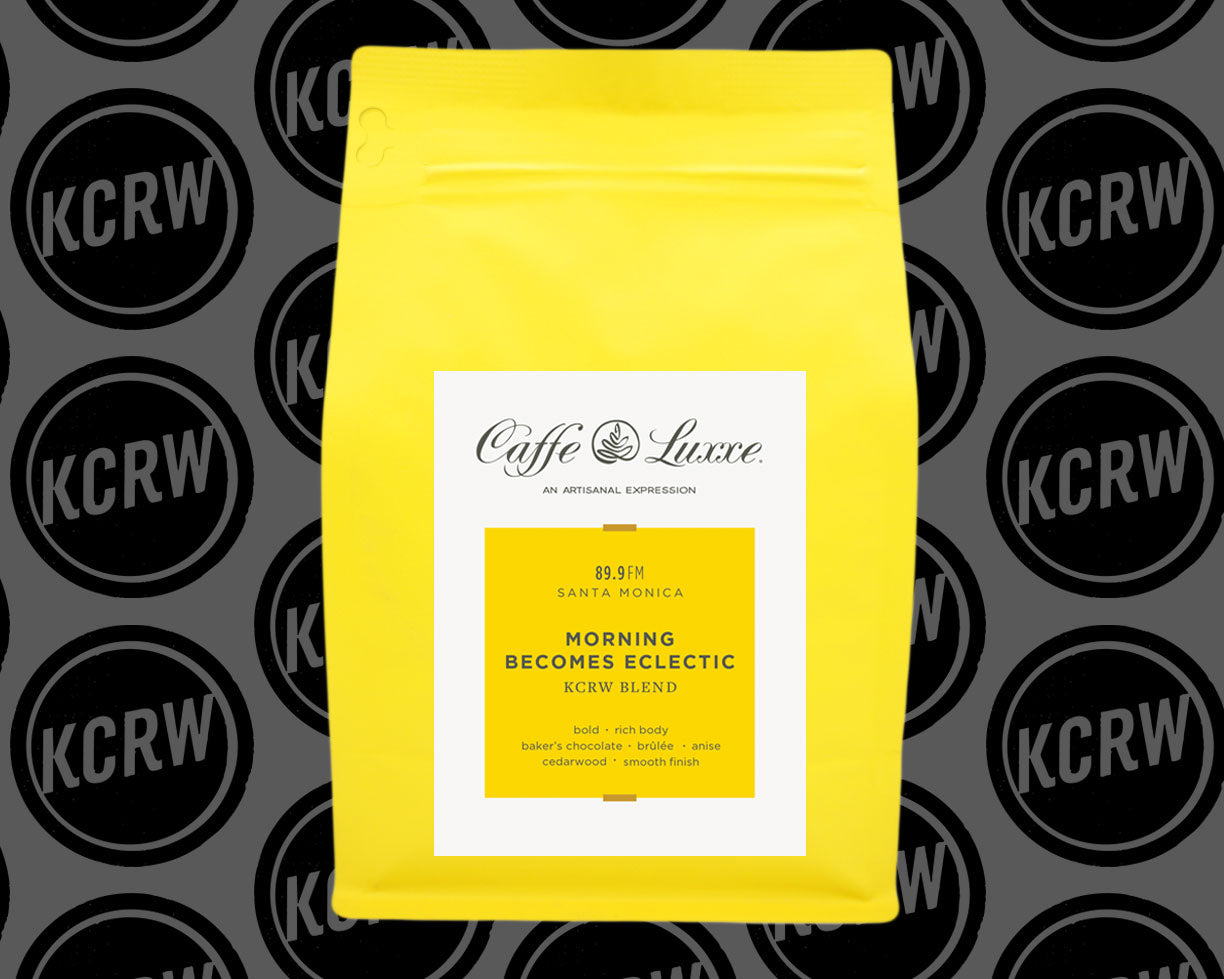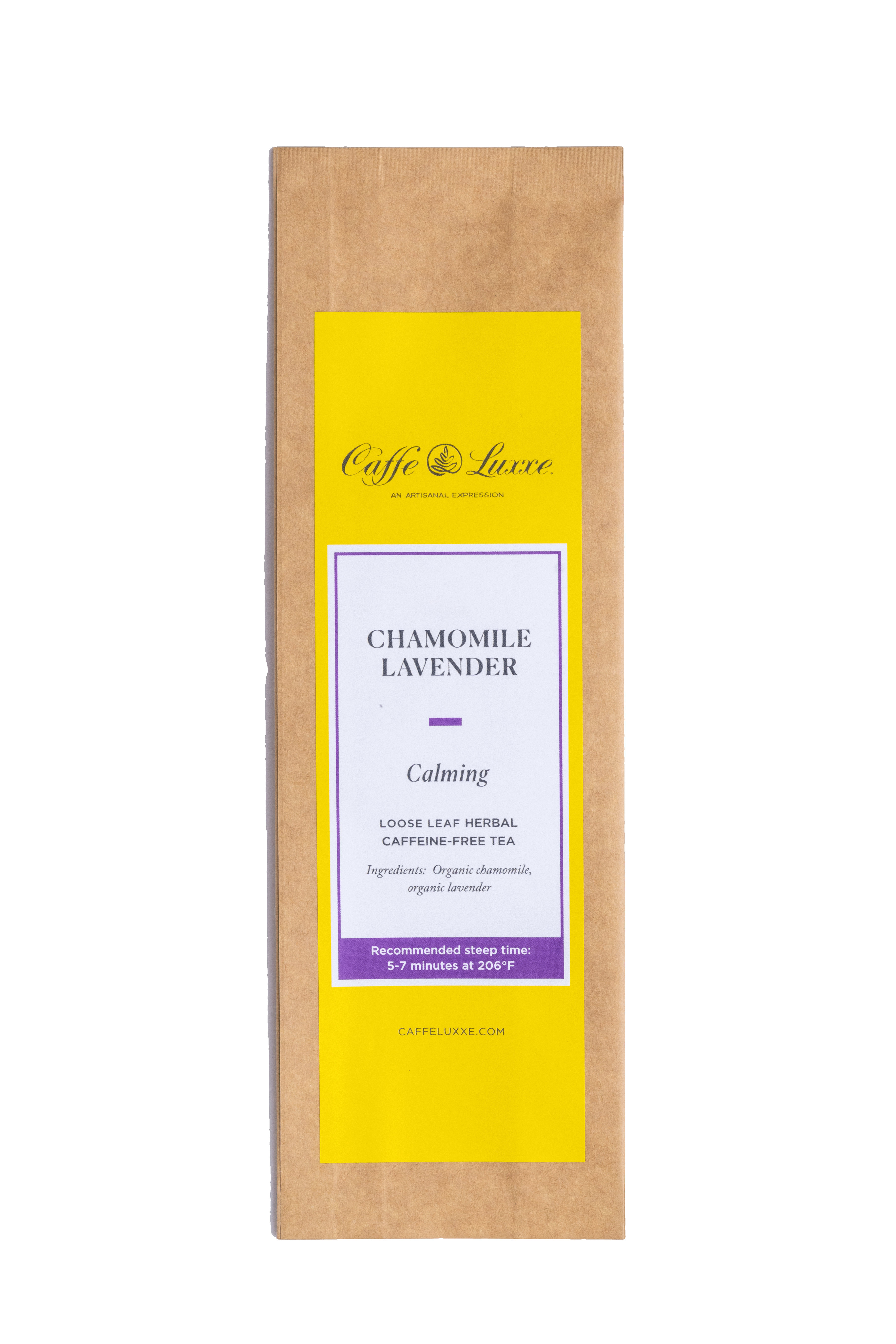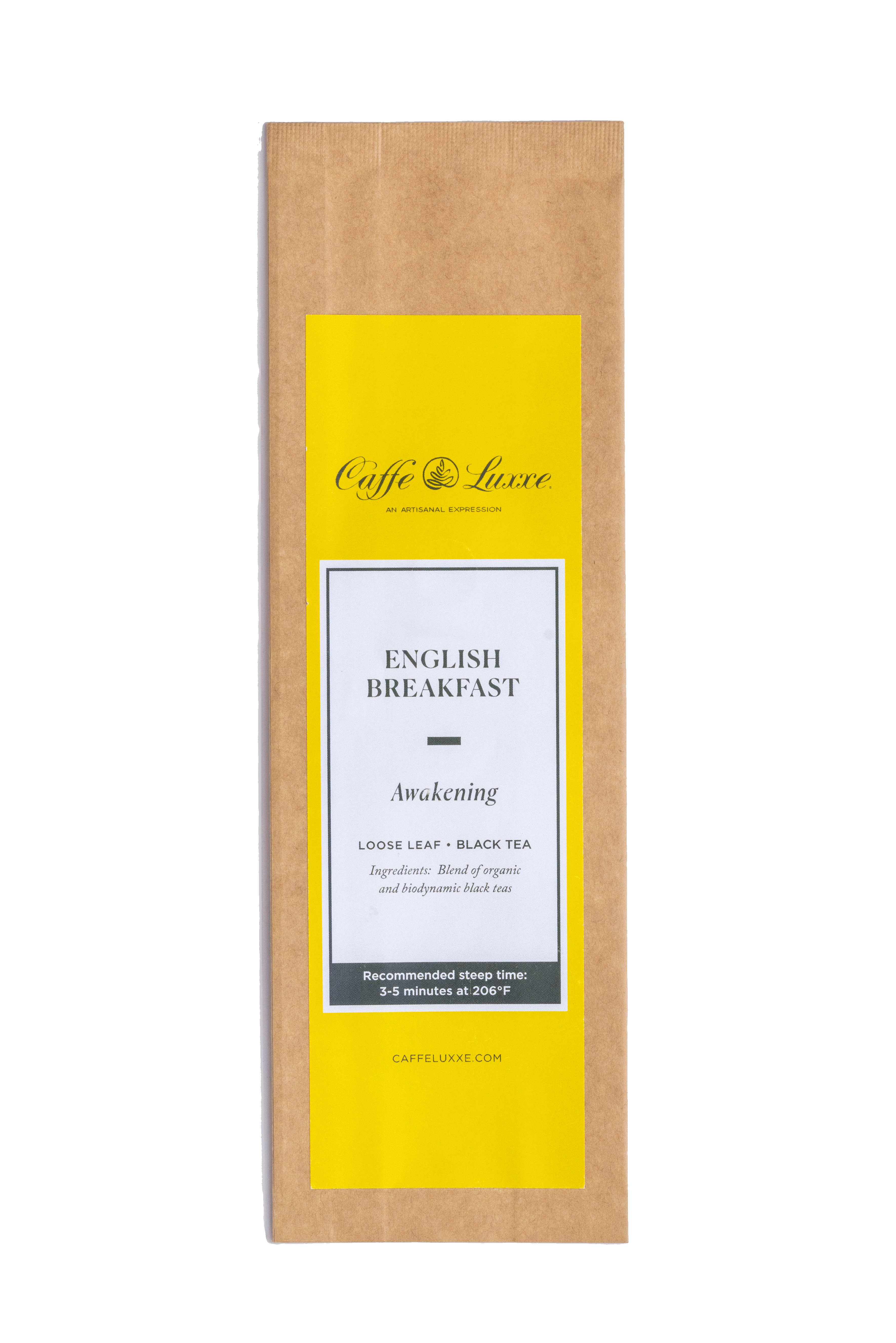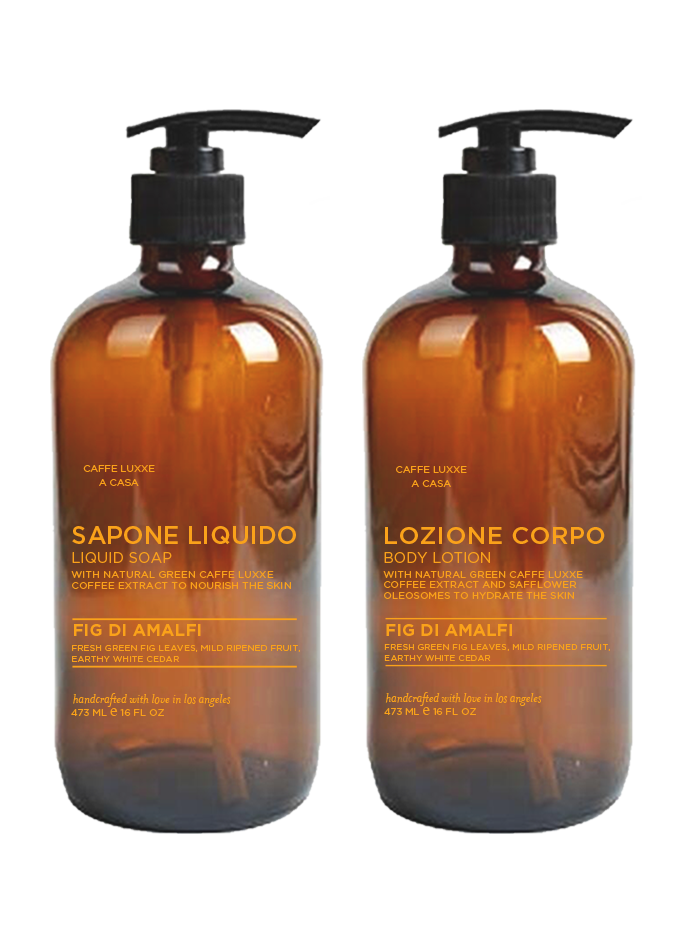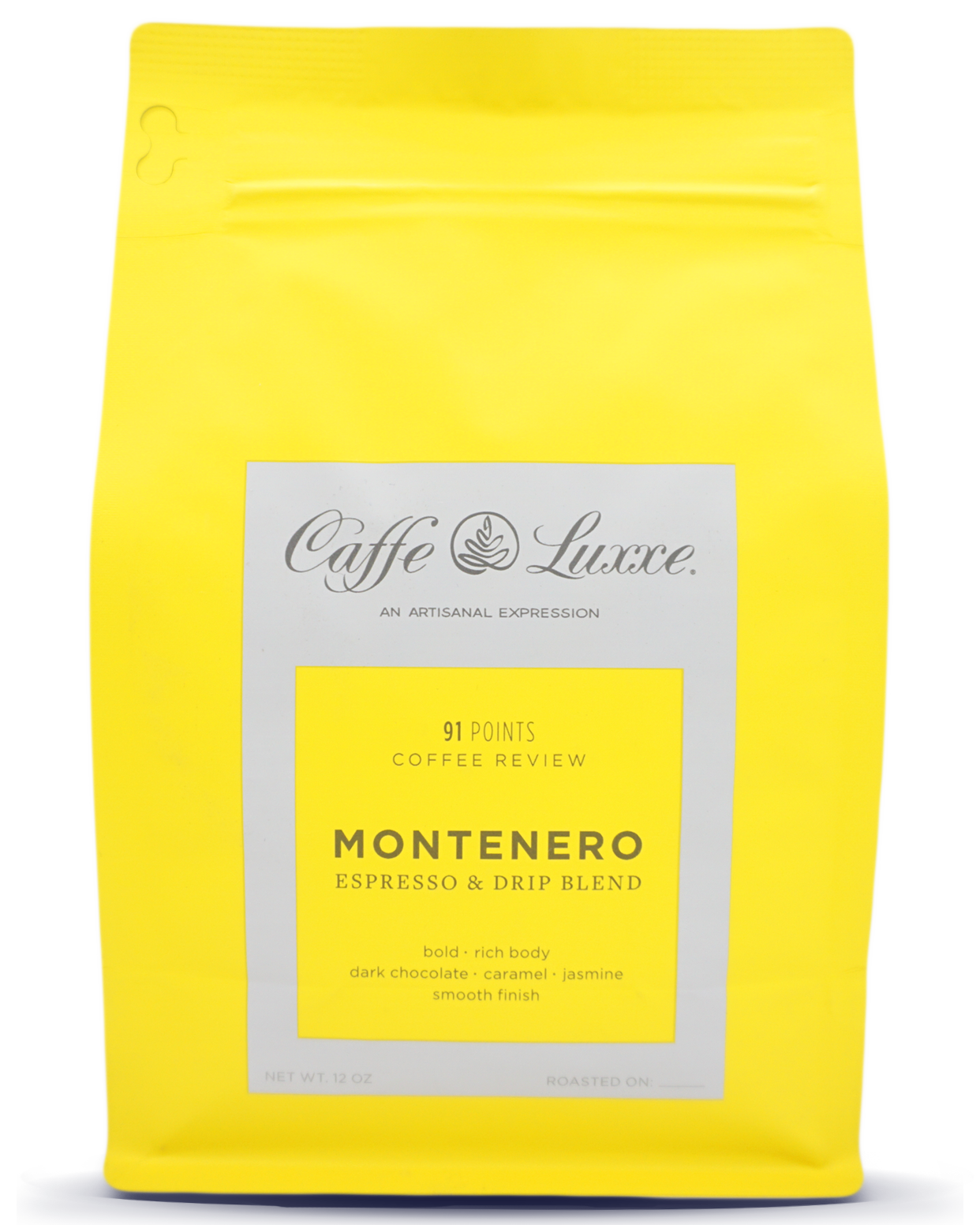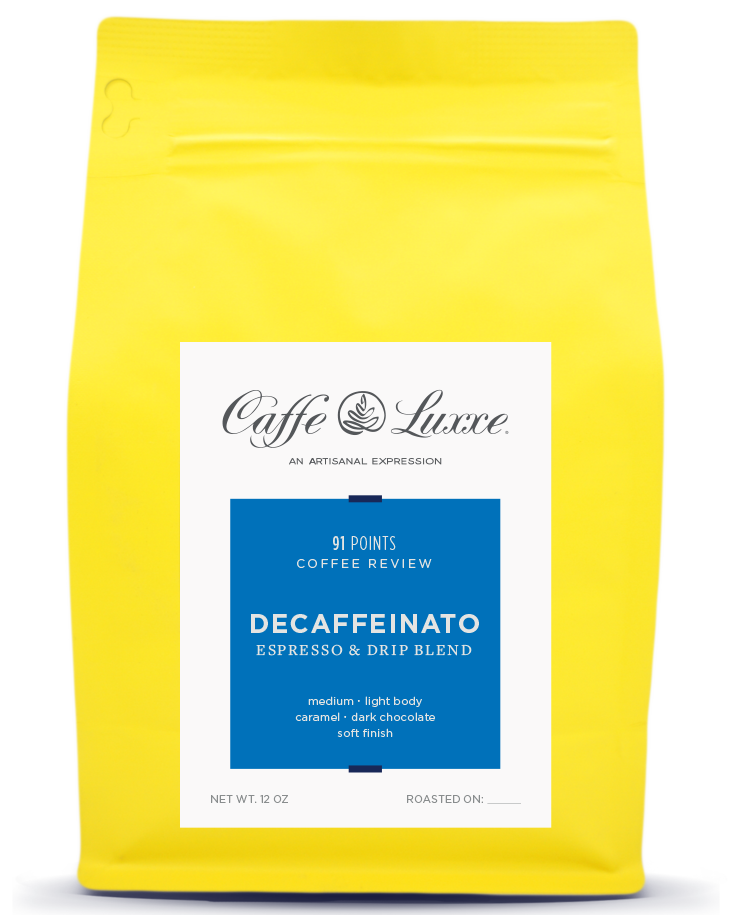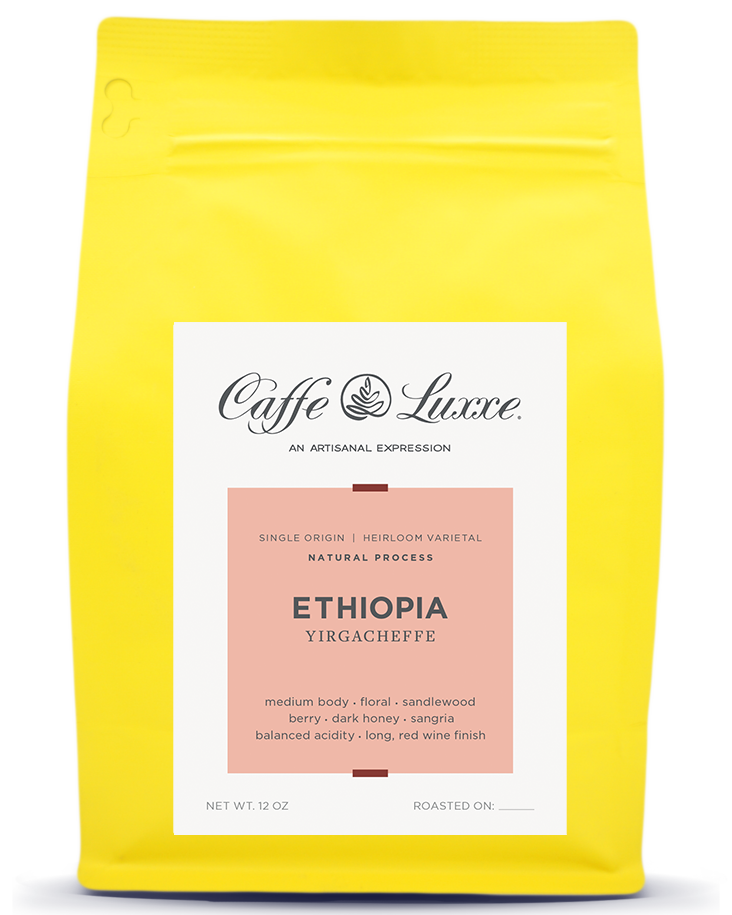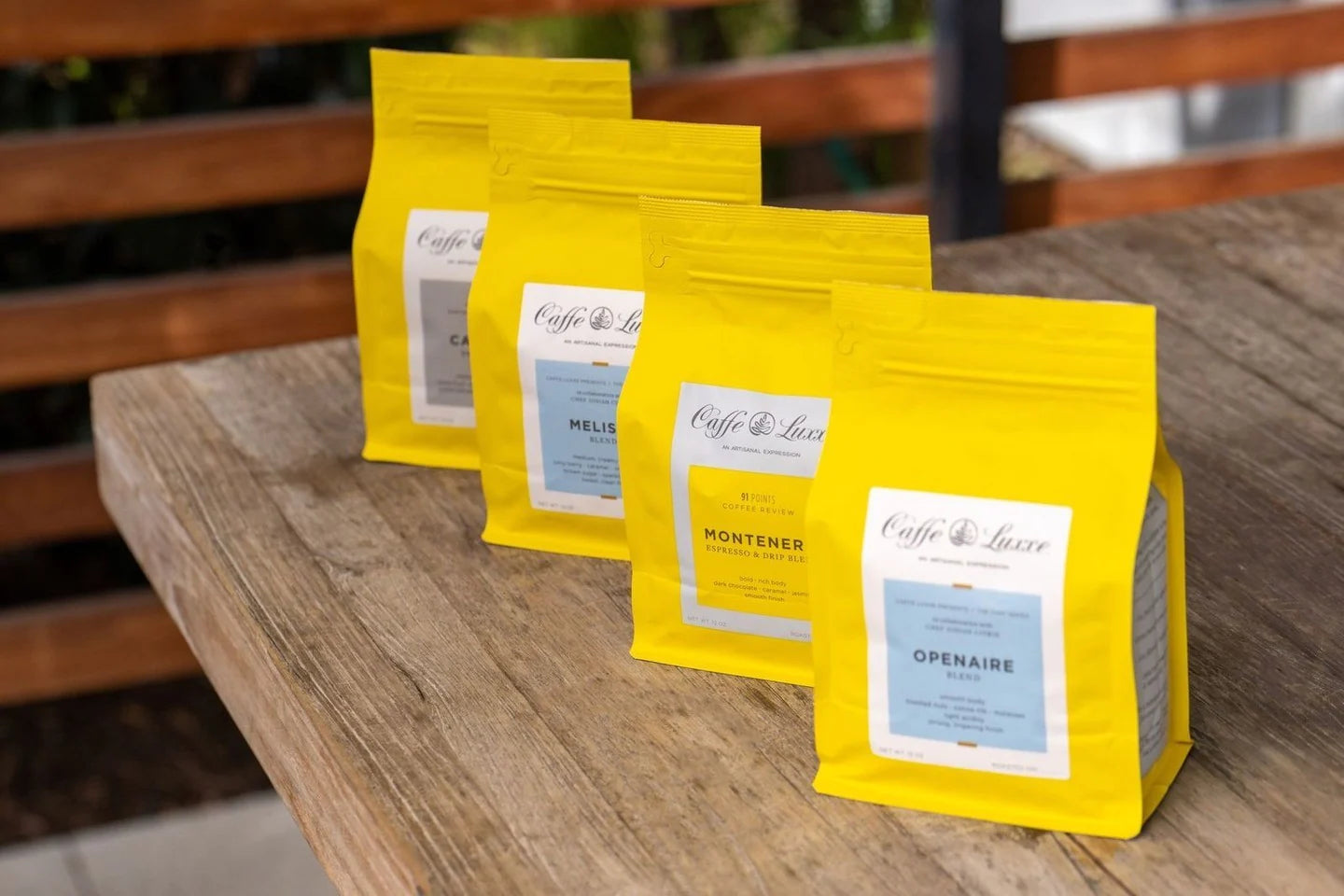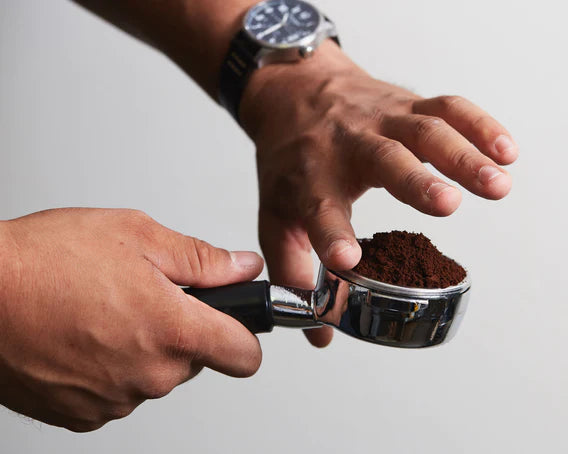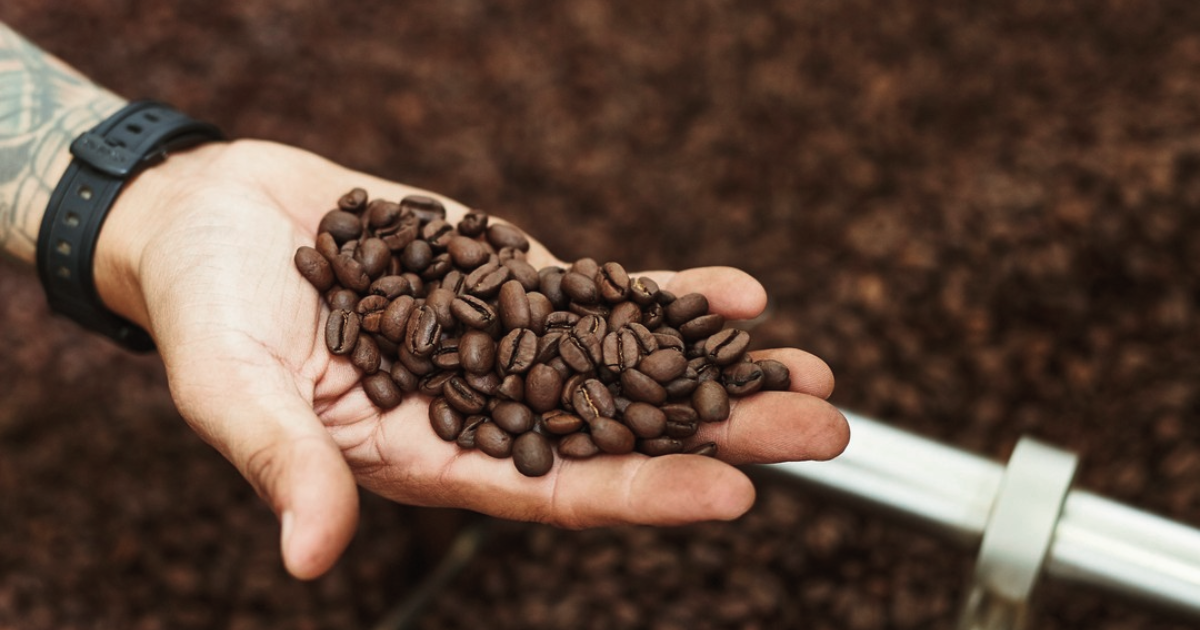
Ethiopia is known for rolling green hills and vibrant culture—and the perfect climate for growing arabica coffee beans. The country is widely considered to be the birthplace of coffee—to the chagrin of Yemen and Sudan. Their beans have been cherished for centuries, and even today, Ethiopia is one of the world’s leading coffee producers with coffee beans renowned for unique flavor profiles.
Light and fruity.
Deep and earthy.
Ethiopian coffees offer a sensory experience so distinct that coffee lovers worldwide have come to know and love.
So . . . how did Ethiopian coffee come to be one of the greatest coffees of all time? And why is Ethiopian coffee able to accomplish this? We'll briefly guide you through an exploration of the history and evolution of Ethiopian coffee culture—from its humble origins to the booming industry it is today.
Early History of Ethiopian Coffee

According to Ethiopian legend, coffee was discovered in the 9th century by a young goat herder from the Kaffa region named Kaldi. He noticed his goats dancing and acting silly after eating the red berries of an unknown shrub. So, Kaldi decided to try the strange fruit himself, and he soon realized that it gave him an energy boost like nothing else.
Kaldi excitedly shared his discovery with the local monks, who, despite initial skepticism, eventually soaked the red berries in hot water. They found that the resulting beverage not only tasted delicious but also kept them awake during long nights of prayer.
And so the earliest form of coffee was born.
The Rise of Ethiopian Coffee Culture
 Two Ethiopian women performing a coffee ceremony.
Two Ethiopian women performing a coffee ceremony.It wasn't until the 1500s that coffee began to be cultivated in Ethiopia. Before, coffee beans were just harvested from coffee plants growing naturally in the wild. But by the 16th century, cultivation techniques had been established, and coffee was being grown as a commercial crop.
At the same time, trade with neighboring countries, particularly Yemen, enabled Ethiopia to share its coffee with the rest of the world. As its popularity spread, so too did its reputation as a superior beverage unlike any other.
By the 1800s, the cultivation of coffee had become a major industry in Ethiopia. The country was producing some of the finest beans in the world and exporting them to other countries for consumption. As coffee production spread, so did Ethiopian coffee culture. Cafes began to spring up in the major cities, offering a place for people to come together and enjoy a hot cup of coffee.

Some things never change, right?
In addition, Ethiopian coffee ceremonies—elaborate rituals involving the preparation and serving of coffee—became a regular part of daily life. These ceremonies (which still take place today) involve the roasting over a fire, followed by the grading and brewing of the beverage in ornately decorated jebena pots. It's a time to connect with friends, family, and community members over a shared cup of coffee.
Ethiopian Coffee Today
 Today, Ethiopia grows more than a thousand varieties of coffee beans, each with its own distinct flavor. But it's the indigenous arabica coffee variety that reigns supreme and remains one of the Ethiopia's most popular and highly sought-after varieties.
Today, Ethiopia grows more than a thousand varieties of coffee beans, each with its own distinct flavor. But it's the indigenous arabica coffee variety that reigns supreme and remains one of the Ethiopia's most popular and highly sought-after varieties.
Like with most other plants, coffee beans grow in the shade, without the use of agricultural chemicals, for a dense and intense flavor that is instantly recognizable.
Ethiopian Coffee Growing Regions
When it comes to single-origin coffee, Ethiopia have three central regions of note, each with its own flavor profile: Sidamo, Yirgacheffe, and Harrar. Each region produces coffee with its own distinct flavor.
Yirgacheffe.
Incredibly fragrant and aromatic. Chocolatey sweet with an undertaste of fruit. Coffee beans grown here are widely considered some of the highest-quality arabica beans in the world.
Sidamo.
Full-bodied. Sweet and complex. Vibrant aftertaste. Sidamo beans Best known for its rich mouthfeels, full bodies, and sweet and complex flavor profiles. Sidamo beans often have low acidity, with a vibrant aftertaste. Because of their flavor consistency, they are a staple Ethiopian bean for many coffee roasters.
Harrar.
Most commonly dry-processed, these beans are heavy-bodied with a very spicy and fragrant aroma. They have a floral acidity and produce a bright, almost intensely flavored cup. The taste is often described as "wild" or "jammy," reminiscent of a blackberry.
Common Coffee Processing Methods in Ethiopia

In addition to these unique flavors, Ethiopian coffees are also renowned for their variety of processing methods:
The Dry (Natural) Process
Several weeks long, the natural or “dry" process brings out the fruitier flavors of the bean. Coffee cherries immediately go from picked to spread out on bricks—or some other raised bed—and left in the sun.
Regularly rotating and raking the cherries not only helps everything dry evenly, but it also slows their natural fermentation and protects the batch from mold. It can be tedious and laborious process, sure, but it's a labor of love—one that is reflected in the dense flavors it produces.
|
Q: Are dried coffee cherries washed? A: Yes, after fully dried, the cherries are washed and pulped, just like the washed process—but with half the water! |
The Washed Method
In the washed process, the bean is removed from the cherry within days of being plucked from the tree. The beans are then washed—sometimes multiple times—before being dried. While quicker than the "dry" process, it does use more water.
Dry v. Washed — Which Has the Better Flavor?
This is a matter of taste. Because the bean stays in contact with the fruit longer when using the "dry" process, the coffee beans tend to yield fruitier flavors. This profile is enriched even further while drying in the sun.
That said, coffee made from dry-processed beans can sometimes taste more fermented than washed coffee, which has more control over fermentation.
Final Thoughts
Ethiopian coffee has a long and storied history that dates back to the 8th century. Over the centuries, it's become prized for its unique flavor profiles. But for Ethiopia, coffee is more than a beverage, more than an import—it's a spiritual culture embedded in the very hearts and souls of its peoples.
But you don't need to visit Ethiopia to indulge in their luxuriant coffee when you can simply visit Caffe Luxxe.

Though it's hard to say 'no' to a view like this one.
Visit one of our locations today—drop by and say "hello"—or shop our online store and have some Ethiopia Yirgacheffe shipped directly to you. Save up to 30% (including free shipping) with home-delivery coffee subscription.
We source only the finest beans from sustainable farms for maximum quality and flavor. Taste it for yourself. The proof is in the cup.
